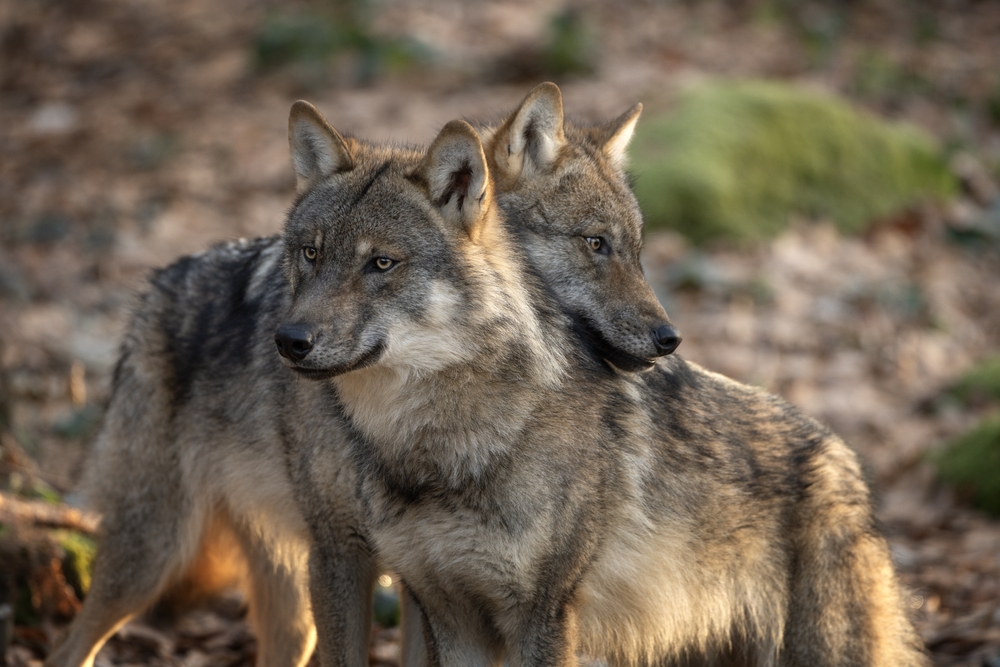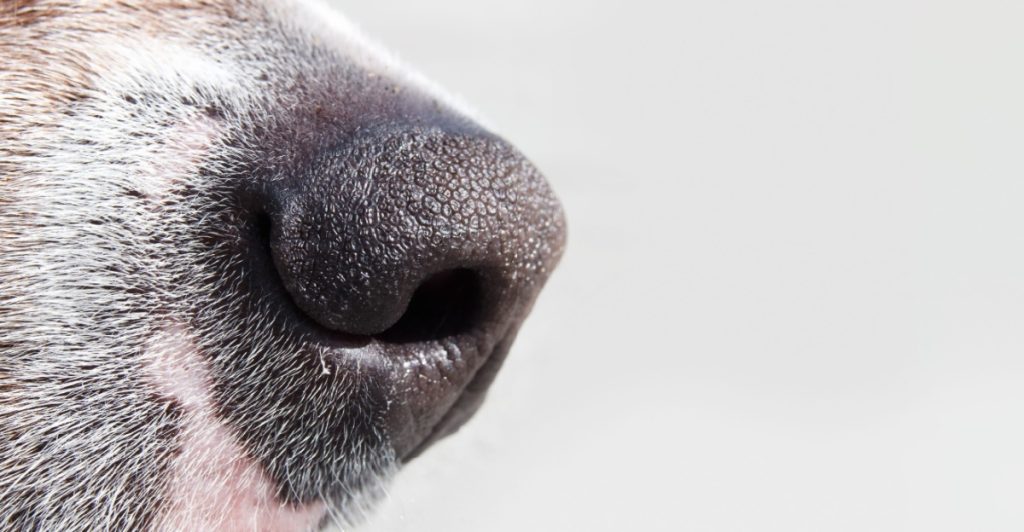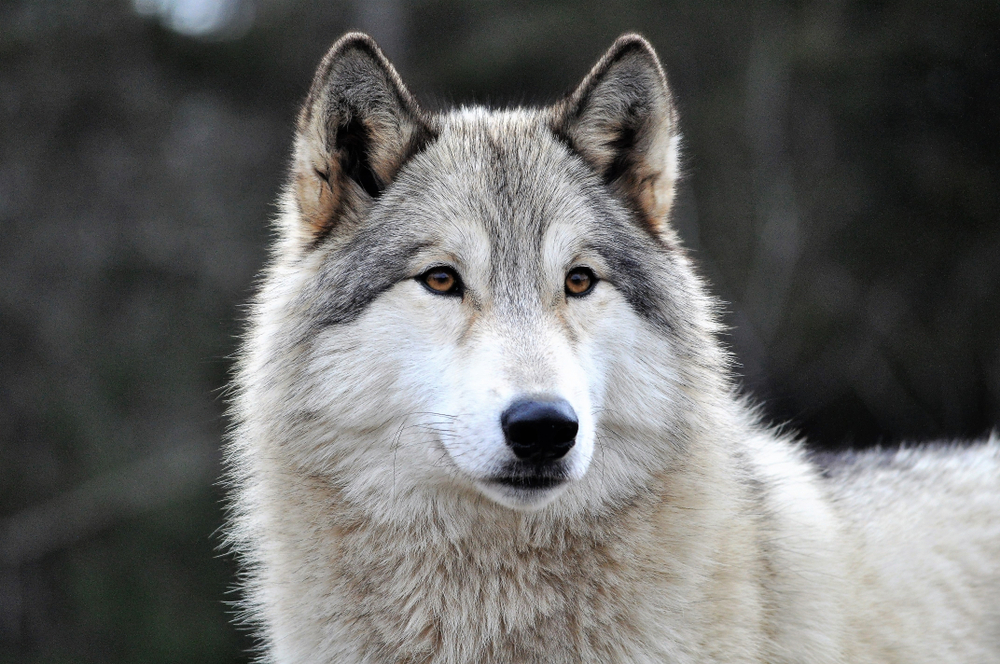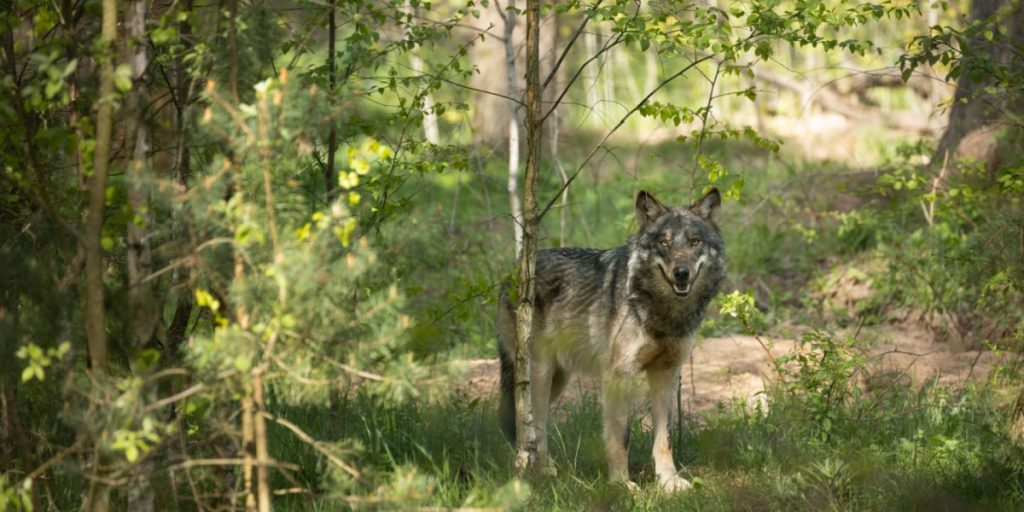Greek Researchers Spot First DNA-Proven Wolf-Dog Hybrid
Others are reading now
For centuries, humans have shared a deep connection with wolves and dogs. These two species are close relatives, and their bond has shaped much of human history.
Yet, it is rare to find an animal that truly sits between the two — part wild wolf, part domestic dog. Now, for the first time ever, scientists have confirmed the existence of such a hybrid in Greece.
55% Dog, 45% Wolf

According to the news agency AFP, a wolf-dog hybrid has been officially identified in northern Greece near the city of Thessaloniki.
The animal’s DNA test showed that it was 55 percent dog and 45 percent wolf. The discovery was announced by the Greek environmental group CALLISTO at a conference in Athens last Friday.
A Rare Find

Biologist Aimilia Ioakimidou from CALLISTO said the hybrid was found during an analysis of 50 wolf samples collected from the Greek mainland.
Also read
The DNA results confirmed what researchers had long suspected — that true wolf-dog hybrids are rare and often hard to identify without genetic testing.
First Ever Confirmed Case

In the past, scientists in Europe, the United States, and Central Asia have reported supposed wolf-dog hybrids.
Many of those claims were based only on the animal’s appearance. Later studies showed that most were either full wolves or dogs, not actual hybrids.
This new finding in Greece is the first confirmed case based on DNA evidence.
The History of the Domesticated Dog

Wolves and dogs share a long and complex history. Modern dogs are believed to have descended from an ancient relative of the gray wolf thousands of years ago.
Also read
One common theory is that wolves became tame after hanging around human camps to scavenge food.
Another idea suggests that early humans in hunter-gatherer societies adopted wolf pups and raised them, eventually leading to the domesticated dogs we know today.
The discovery of this wolf-dog hybrid reminds us how closely connected the wild and domestic worlds still are — and how nature continues to surprise us.


